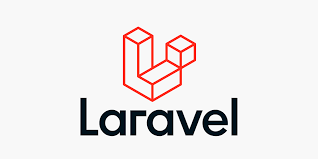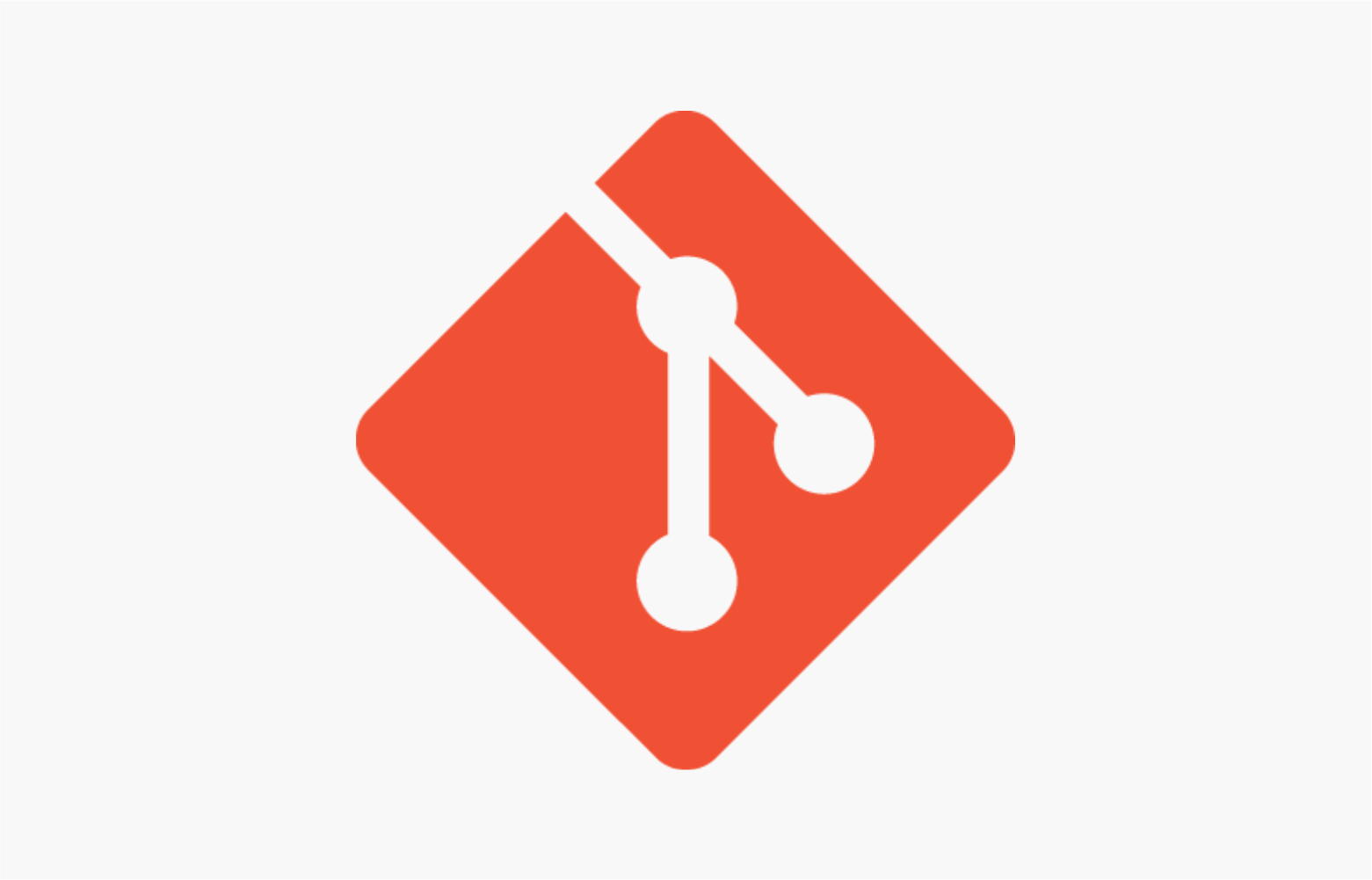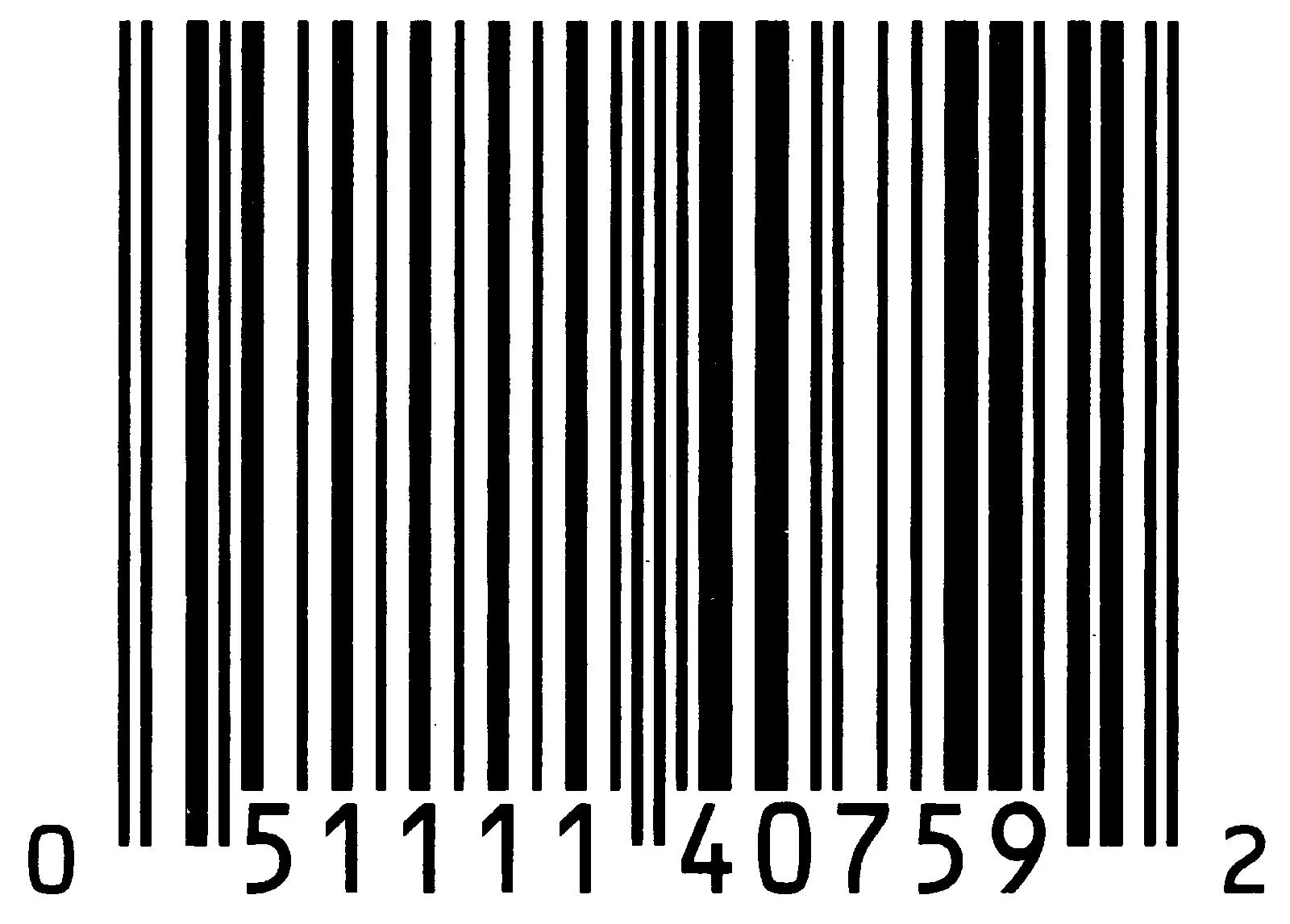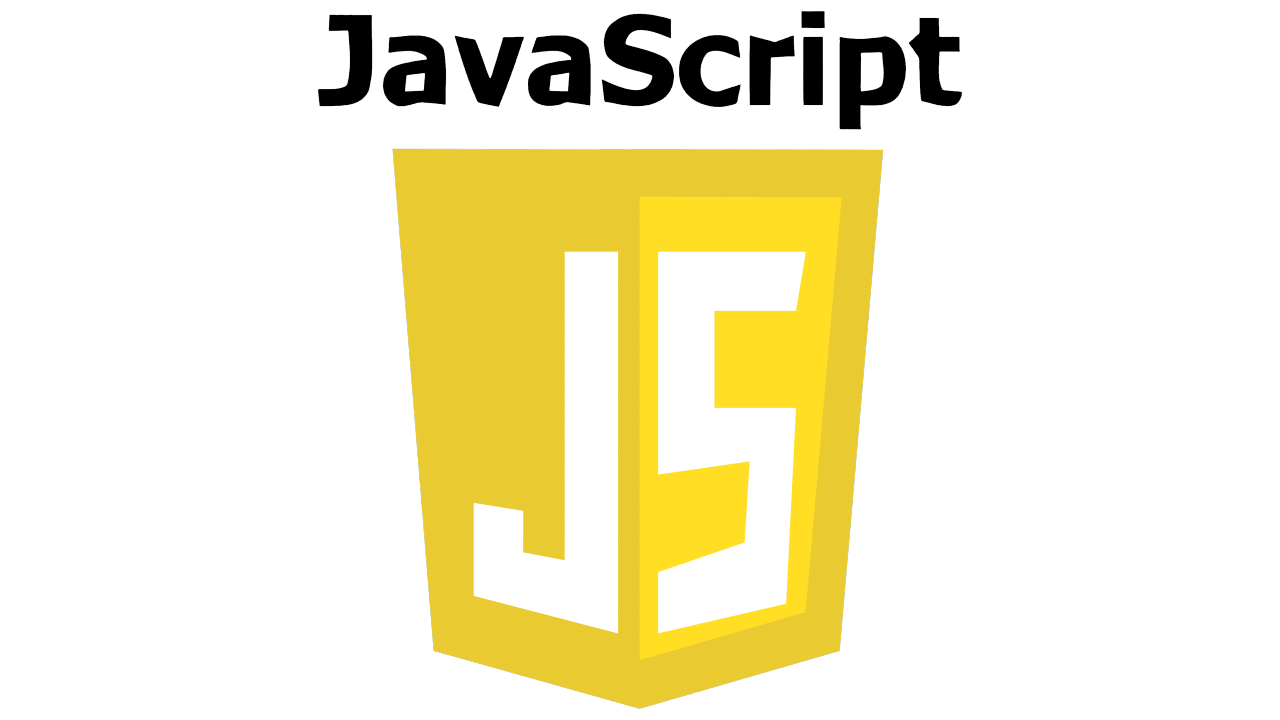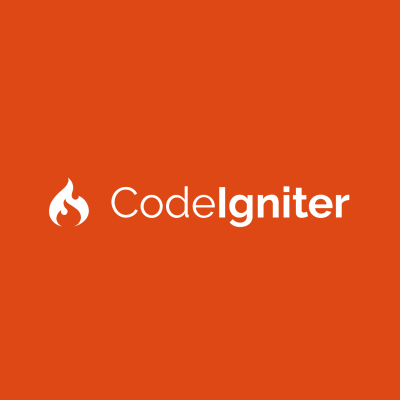Understanding Middleware in Laravel
Middleware acts as a bridge between a request and a response in a Laravel application. It provides a way to filter HTTP requests that enter your application. Middleware can be used for various purposes, including authentication, logging, rate-limiting, and more. In this case, we will create a middleware called BlockRoles, which will restrict certain users based on their roles.
Why Use BlockRoles Middleware?
In many applications, you may have different types of users, such as administrators, editors, and regular users. There might be situations where you want to restrict access to certain routes or functionalities based on the user’s role. For example, you may want to block “guest” users from accessing the admin panel. This can be achieved using the BlockRoles middleware.
By creating a custom middleware, you can efficiently manage role-based access control (RBAC) in your application, ensuring that only authorized users can perform specific actions.
Step 1: Creating BlockRoles Middleware
To create a custom middleware in Laravel, run the following command:
php artisan make:middleware BlockRoles
This command will create a new middleware file in the app/Http/Middleware directory. The BlockRoles middleware will look something like this:
App\Http\Middleware\BlockRoles.php
<?php
namespace App\Http\Middleware;
use Closure;
use Illuminate\Http\Request;
use Illuminate\Support\Facades\Auth;
class BlockRoles
{
/**
* Handle an incoming request.
*
* @param \Illuminate\Http\Request $request
* @param \Closure $next
* @param string[] ...$roles
* @return mixed
*/
public function handle(Request $request, Closure $next, ...$roles)
{
// Check if the authenticated user's role is in the blocked roles
$user = Auth::user();
if ($user && in_array($user->role, $roles)) {
// You can redirect or abort with a forbidden response
return abort(403, 'Access Denied.');
}
// Allow the request to continue
return $next($request);
}
}
Step 2: Registering the Middleware
To use the BlockRoles middleware, you need to register it in the app/Http/Kernel.php file. Add the middleware to the $routeMiddleware array:
app/Http/Kernel.php
protected $routeMiddleware = [
// Other middleware
'block.roles' => \App\Http\Middleware\BlockRoles::class,
];Now, you can use block.roles as a middleware key in your routes.
Step 3: Using BlockRoles Middleware in Routes
To apply the BlockRoles middleware to a route or route group, you can use the following syntax in your routes file:
routes/web.php
// Block users with the role "guest" from accessing the admin page
Route::get('/admin', function () {
return view('admin.dashboard');
})->middleware('block.roles:guest');
// Block users with the roles "guest" or "editor" from accessing certain features
Route::get('/restricted', function () {
return "This is a restricted area.";
})->middleware('block.roles:guest,editor');
Step 4: Applying Middleware to Controllers
You can also apply the BlockRoles middleware directly in your controllers. This is particularly useful when you want to restrict multiple methods in the same controller:
App\Http\Controllers\AdminController.php
public function index()
{
return view('admin.dashboard');
}
public function settings()
{
return view('admin.settings');
}Step 5: Customizing the Middleware
You can modify the middleware to fit your needs. For example, you might want to redirect blocked users to a login page instead of showing an error, or you might want to log an event whenever a user is blocked:
Redirecting Blocked Users
if ($user && in_array($user->role, $roles)) {
return redirect('/login')->with('error', 'You do not have permission to access this area.');
}Logging Blocked Access Attempts
if ($user && in_array($user->role, $roles)) {
\Log::warning("Blocked access attempt by user ID {$user->id} with role {$user->role}.");
return abort(403, 'Access Denied.');
}Benefits of Using BlockRoles Middleware
- Centralized Role Management: You can manage role-based access control from a single place, making your code cleaner and more maintainable.
- Reusability: The middleware can be applied to multiple routes and controllers, ensuring consistent behavior across the application.
- Scalability: As your application grows, you can easily extend the middleware to add more functionality, such as dynamic role fetching or integrating with an RBAC system.
Testing the Middleware
To ensure the middleware works as expected, you can write unit tests:
tests/Feature/BlockRolesTest.php
<?php
namespace Tests\Feature;
use Tests\TestCase;
use App\Models\User;
use Illuminate\Foundation\Testing\RefreshDatabase;
Is there a way to protect my global routes in laravel?
Understanding Middleware in Laravel
Middleware acts as a bridge between a request and a response in a Laravel application. It provides a way to filter HTTP requests that enter your application. Middleware can be used for various purposes, including authentication, logging, rate-limiting, and more. In this case, we will create a middleware called BlockRoles, which will restrict certain users based on their roles.
Why Use BlockRoles Middleware?
In many applications, you may have different types of users, such as administrators, editors, and regular users. There might be situations where you want to restrict access to certain routes or functionalities based on the user’s role. For example, you may want to block “guest” users from accessing the admin panel. This can be achieved using the BlockRoles middleware.
By creating a custom middleware, you can efficiently manage role-based access control (RBAC) in your application, ensuring that only authorized users can perform specific actions.
Step 1: Creating BlockRoles Middleware
To create a custom middleware in Laravel, run the following command:
php artisan make:middleware BlockRoles
This command will create a new middleware file in the app/Http/Middleware directory. The BlockRoles middleware will look something like this:
App\Http\Middleware\BlockRoles.php
<?php
namespace App\Http\Middleware;
use Closure;
use Illuminate\Http\Request;
use Illuminate\Support\Facades\Auth;
class BlockRoles
{
/**
* Handle an incoming request.
*
* @param \Illuminate\Http\Request $request
* @param \Closure $next
* @param string[] ...$roles
* @return mixed
*/
public function handle(Request $request, Closure $next, ...$roles)
{
// Check if the authenticated user's role is in the blocked roles
$user = Auth::user();
if ($user && in_array($user->role, $roles)) {
// You can redirect or abort with a forbidden response
return abort(403, 'Access Denied.');
}
// Allow the request to continue
return $next($request);
}
}
Step 2: Registering the Middleware
To use the BlockRoles middleware, you need to register it in the app/Http/Kernel.php file. Add the middleware to the $routeMiddleware array:
app/Http/Kernel.php
protected $routeMiddleware = [
// Other middleware
'block.roles' => \App\Http\Middleware\BlockRoles::class,
];Now, you can use block.roles as a middleware key in your routes.
Step 3: Using BlockRoles Middleware in Routes
To apply the BlockRoles middleware to a route or route group, you can use the following syntax in your routes file:
routes/web.php
// Block users with the role "guest" from accessing the admin page
Route::get('/admin', function () {
return view('admin.dashboard');
})->middleware('block.roles:guest');
// Block users with the roles "guest" or "editor" from accessing certain features
Route::get('/restricted', function () {
return "This is a restricted area.";
})->middleware('block.roles:guest,editor');
Step 4: Applying Middleware to Controllers
You can also apply the BlockRoles middleware directly in your controllers. This is particularly useful when you want to restrict multiple methods in the same controller:
App\Http\Controllers\AdminController.php
public function index()
{
return view('admin.dashboard');
}
public function settings()
{
return view('admin.settings');
}Step 5: Customizing the Middleware
You can modify the middleware to fit your needs. For example, you might want to redirect blocked users to a login page instead of showing an error, or you might want to log an event whenever a user is blocked:
Redirecting Blocked Users
if ($user && in_array($user->role, $roles)) {
return redirect('/login')->with('error', 'You do not have permission to access this area.');
}Logging Blocked Access Attempts
if ($user && in_array($user->role, $roles)) {
\Log::warning("Blocked access attempt by user ID {$user->id} with role {$user->role}.");
return abort(403, 'Access Denied.');
}Benefits of Using BlockRoles Middleware
- Centralized Role Management: You can manage role-based access control from a single place, making your code cleaner and more maintainable.
- Reusability: The middleware can be applied to multiple routes and controllers, ensuring consistent behavior across the application.
- Scalability: As your application grows, you can easily extend the middleware to add more functionality, such as dynamic role fetching or integrating with an RBAC system.
Testing the Middleware
To ensure the middleware works as expected, you can write unit tests:
tests/Feature/BlockRolesTest.php
/** @test */
public function guest_users_are_blocked_from_admin_page()
{
$user = User::factory()->create(['role' => 'guest']);
$this->actingAs($user);
$response = $this->get('/admin');
$response->assertStatus(403);
}
/** @test */
public function admins_can_access_admin_page()
{
$user = User::factory()->create(['role' => 'admin']);
$this->actingAs($user);
$response = $this->get('/admin');
$response->assertStatus(200);
}Conclusion
The BlockRoles middleware in Laravel provides a powerful and flexible way to manage role-based access control across your application. By centralizing the logic for blocking specific roles, you can easily maintain, extend, and reuse this functionality throughout your project. Whether it’s for blocking access to sensitive areas or ensuring only authorized users can interact with certain features, middleware like BlockRoles is essential for building secure and maintainable web applications.
